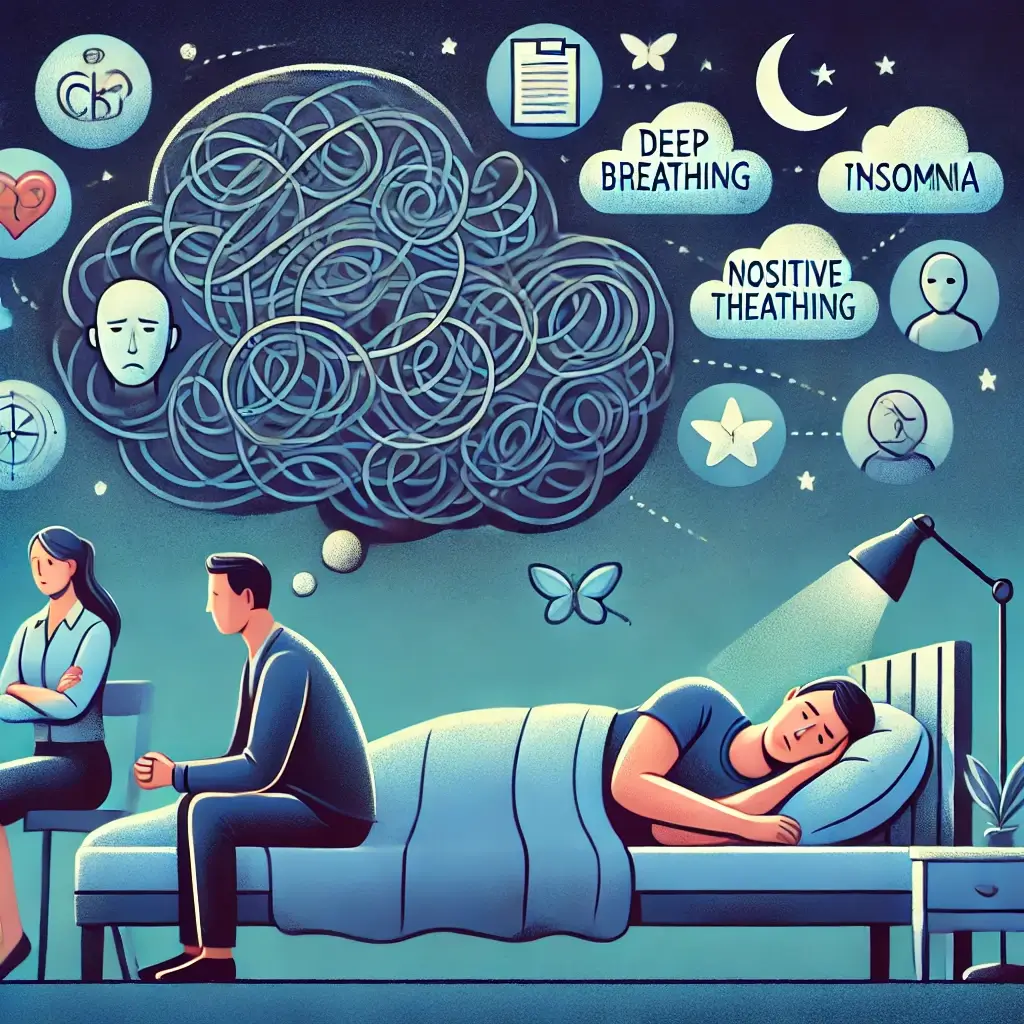Understanding CBT’s Foundation
Cognitive-behavioral therapy (CBT) is a style of psychotherapy that focuses on the relationship between your ideas, feelings, and behaviors. It is a goal-oriented, short-term treatment that assists you in identifying and changing negative thinking patterns and actions that are contributing to your difficulties.
The Connection Between Thoughts and Behaviors
CBT is founded on the concept that our thoughts, feelings, and behaviors are all linked. undesirable ideas can result in undesirable feelings and behaviors. For example, if we believe we will fail a test, we may become worried and avoid studying. This, in turn, may result in our failing the test.
Breaking Negative Patterns
CBT assists us in breaking the pattern by questioning our negative ideas and teaching us alternative ways to think and behave. For example, if we are terrified of public speaking, we may learn to confront our beliefs that it is harmful or shameful. We may also acquire relaxation techniques to manage anxiety.
Effectiveness of CBT
CBT has been demonstrated to be useful in the treatment of various mental health issues, including anxiety disorders, depression, eating disorders, and chronic pain. It is also a popular treatment for insomnia.
Treatment Structure
CBT is most commonly done one-on-one with a therapist, although it can also be done in groups or online. The number of sessions required varies according to the individual and the condition being treated.
Value Proposition
CBT is a practical and successful therapy that can assist you in changing your thoughts and behaviors. If you are dealing with a mental health issue, CBT may be a viable solution for you.
Understanding Cognitive Restructuring
Cognitive restructuring entails the therapist assisting you in identifying negative ideas and analyzing them realistically. Cognitive restructuring is a cognitive-behavioral therapy (CBT) strategy that helps people discover and modify negative or distorted thought habits. It is predicated on the notion that our ideas, feelings, and behaviors are all linked.
Impact of Negative Thoughts
undesirable ideas can result in undesirable feelings and behaviors. For example, if we believe we will fail a test, we may become worried and avoid studying. This, in turn, may result in our failing the test.
Breaking Free from Negative Patterns
Cognitive restructuring assists people in breaking free from this pattern by questioning negative beliefs and teaching alternative ways of thinking. For example, if we are terrified of public speaking, we may learn to confront our beliefs that it is harmful or shameful. We may also acquire relaxation techniques to assist us in managing our anxiety.
Key CBT Techniques
Behavioral activation is a strategy that can help you boost your good activities while decreasing your negative ones. The therapist will assist you in identifying things that you love and will make you feel better. Exposure therapy is a strategy for dealing with anxiety and terror. The therapist will guide you through the process of progressively exposing yourself to the things you are scared of in a secure and controlled atmosphere. Relaxation training is a strategy for dealing with stress and anxiety. The therapist will teach you relaxation strategies such as deep breathing and meditation.
Evidence-Based Treatment
CBT is a proven therapy that can help you improve your mental health. If you want to learn more about CBT, you may speak with your doctor or a mental health expert.
Additional CBT Considerations
CBT is a collaborative therapy between patient and therapist. CBT is a brief therapy that normally lasts between 12 and 20 weeks. CBT might be difficult, but it is also quite rewarding. CBT can help you create long-term improvements in your life if you are ready to put in the work.
